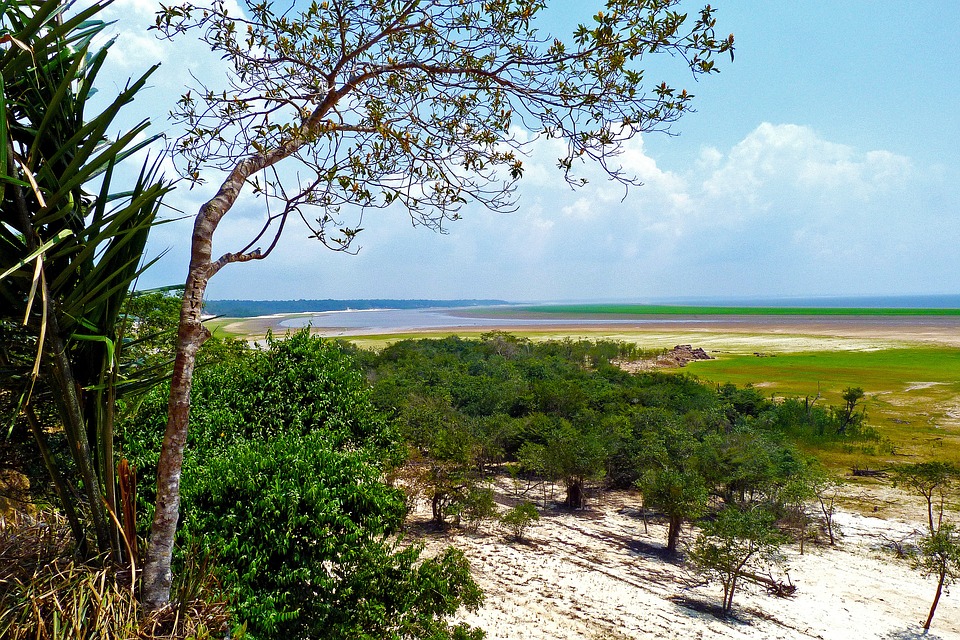
Each year almost 19 million acres of forests are cleared around the world. This deforestation is undertaken for two main reasons: to clear usable land for development and livestock, and to produce timber. The trend over the past few decades has seen deforestation localized largely to South America and Africa, both places where population and industry are growing rapidly. Brazil leads the pack as it gradually eats away at the largest rainforest in the world, the Amazon.
The process has a negative impact on the plethora of animals who call forests their home as their habitat is being rapidly destroyed. Additionally, the trees and other plants help to manage greenhouse gas emissions by absorbing carbon dioxide and releasing oxygen as a byproduct of photosynthesis. Furthermore, when forests are cleared, the land created is often not ideal for farming, and the removal of trees leads to soil erosion and water loss.
A Positive Outlook
The current global effort to operate in a more sustainable and eco-friendly manner is reflected in the current trends of forest management. According to the United Nations, deforestation has slowed over 50% in the past three decades. In fact, many places around the world are actually seeing forests rebound and recover as they receive more protection and more trees are planted. This is due to conservation efforts and sustainable management and clearing of trees when it is necessary.
This conservation effort has been spearheaded by international organizations such as the United Nations and the World Wildlife Foundation as well as various governments around the world, namely the U.S and China. While these artificially facilitated forests do not quite rival the biodiversity and environmental havens of natural forests, it is a step in a more sustainable direction.

Trend towards Sustainability
In an ever-developing world with a growing population, a total halt of deforestation is not practical or foreseeable. The goal is to make sure that when clearing land is necessary, it is done sustainably. When land must be cleared for development or for animal pastures, advanced planning, an environmental evaluation, and the careful and sparing use of heavy machinery is necessary in order to minimize the impact on the environment. In addition, cleared land should be offset by conservation and reforestation efforts in areas where the environmental impact is most prominent, such as the Amazon and the Congo rainforests.
The overall trend over the past few decades sheds a positive light on the future of land clearing and forest management. As the environmental impact of deforestation has been revealed, clearer heads seem to prevail as the environment is slowly made whole again in some parts of the world. The problem persists, but a sustainable future for forestry appears to be on the horizon.
Guest post by Sally Collins
About the Author
Sally Collins is a professional freelance writer with many years of experience across many different areas. She made the move to freelancing from a stressful corporate job and loves the work-life balance it offers her. When not at work, Sally enjoys reading, hiking, spending time with her family and travelling as much as possible.
You may also like
The Benefits of Investing in Eco-Friendly Properties
How Green Buildings Impact Our Psychology [Infographic]
What Makes Hemp Good For You and the Environment?
